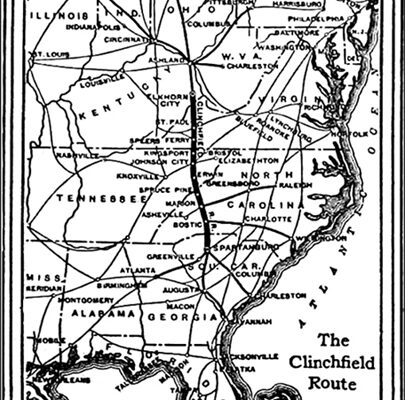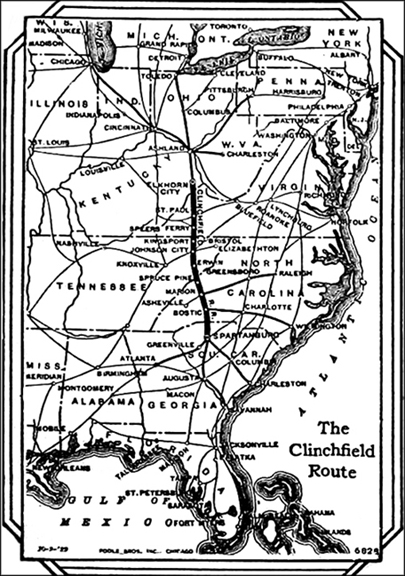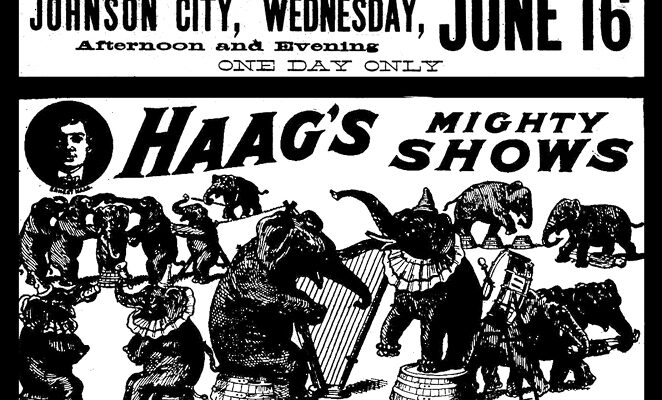(Note: The subject of this article is controversal and will likely be rewritten to address some response that came in after it appeared in the Johnson City Press. Some people maintain that it is accurate as written, while others believe it was Robert Young who owned Sweetlips and brought down the British leader Patrick Ferguson at the Revolutionary War Battle of King's Mountain. Check back later for updates and comments. If you have information on this subject and would like to post a blog at the end of the article, e-mail me at boblcox@bcyesteyear.com.)
The bold headline from an unidentified and undated newspaper article reads, “Famous Old Gun Found, Used at Kings Mountain.” The date is likely from the early 1900s.
In early October 1780, a spirited congregation of patriots, known as the Overmountain Men, originating from Sycamore Shoals in Elizabethton, Tennessee joined forces with similar groups of frontiersmen from nearby Tennessee and North Carolina. Their mission was to travel to Kings Mountain, SC (near the North Carolina border) to do battle with the British under the leadership of their commander, Major Patrick Ferguson.

General Wilder and a Map Showing the Overmountain Men's Route
Although three or four bold mountaineers were called upon on October 7 to bring down the British officer who was observed coming down the hill, Darling Jones was credited with firing the fatal shot that ended the leader’s life. He accomplished the feat using a long, flintlock rifle that he christened “Sweetlips.”
The article made a profound statement: “When “Sweetlip’s metallic lips so spoke on that day of patriotic struggle, its voice was heard throughout the entire British armies and turned the tide of the revolution.”
Over time, interested parties began to wonder what happened to the now famed rifle, but its whereabouts were unknown. Eugene F. Ware, Commissioner of Pensions in the nation’s capital, turned to someone whom he believed could locate it. He contacted John T. Wilder (1830-1917), a noted industrialist, who served as a Civil War Union officer and became a chief developer of natural resources in Tennessee.
Wilder further promoted the construction of the Charleston, Cincinnati & Chicago (3Cs) Railroad and became a driving force in the development of the booming industrial suburb of Carnegie along the east side of Johnson City. The magnate next constructed the popular 166-room Cloudland Hotel near the summit of Roan Mountain to serve tourists via the scenic narrow gauge “Tweetsie” railway line. In 1887, the tycoon organized the Roan Iron Works and built and operated two blast furnaces at Rockwood, Tennessee.
Gen. Wilder believed that the gun likely resided in Washington County since Darling Jones was from that location. Some years prior, he tried to learn its whereabouts from Jones’s widow, Nancy, but neither she nor her son knew had knowledge of it. She died in 1902.
Wilder, in an effort to locate the well-authenticated gun for Mr. Ware, journeyed to Johnson City about 1905, visiting a city that he was very familiar with because he previously resided there from 1884 until 1992.
Wilder entered the establishment of Summers, Barton and Parrott’s hardware store in the downtown district. Seeing some firearms for sale prompted him to ask if anyone knew the whereabouts of Darling Jones’ gun. Frank Mountcastle, a prominent farmer and merchant who lived near Johnson City was in the store and heard Wilder. He spoke up and said that he owned the prized gun and began to relate its history. Wilder, excited over the news, offered him the best gun in the store in exchange for the old relic. Mr. Mountcastle accepted his proposal and agreed to ship the gun directly to the commissioner’s home in Washington.
The gun was described as being an old, long-barreled, flintlock rifle used by the pioneers for killing game. The stock was broken but the lock and barrel were in good condition. The firearm was fabricated by a man named Deckard of Pennsylvania and was given by Darling Jones to his son-in-law, James Dunkin. The name “Dunkin” was cut in the barrel and helped to establish its identity.
Dunkin was foreman on the farm of Mr. Montcastle’s grandfather for years and died in that capacity, leaving the gun as a relic to the Mountcastle family. It remained in the attic of the old home place for many years. Only Mr. Frank Mountcastle knew its presence.
Does anyone know where “Sweetlips” resides today?






